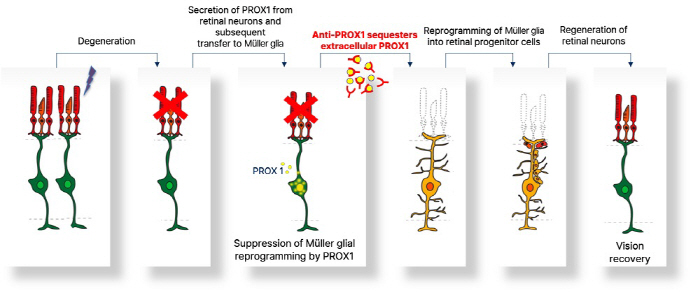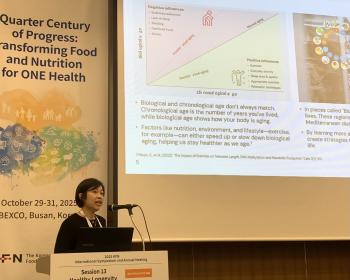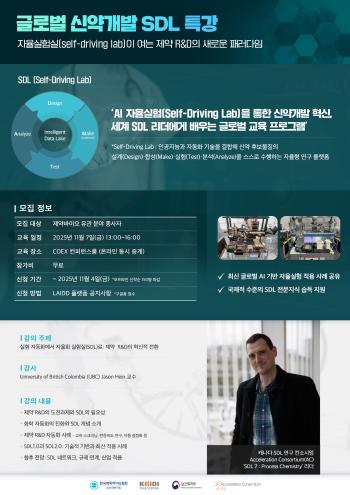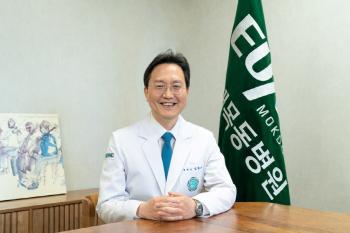KAIST research team develops world's first damaged vision recovery retina regeneration technology
Mar 31, 2025
|
The Korea Advanced Institute of Science and Technology (KAIST) announced that a research team led by Professor Kim Jin-woo of the Department of Life Sciences has developed a treatment that can restore vision through retinal nerve regeneration. The study, which was founded by Professor Kim Jin-woo as a lab venture, was published online on March 26 in the international journal Nature Communications, in which Dr. Lee Eun-jung of Celiaz Co., Ltd. and Dr. Kim Moo-sung of KAIST were co-authors.
The research team succeeded in inducing nerve regeneration and vision recovery of retinal tissues by administering a substance that blocks PROX1 protein that inhibits retinal regeneration to the eyes of mice in disease models, and continuing the effect for more than six months. This study is the first in the world to induce long-term nerve regeneration in the mammalian retina.
Although the number of patients with retinal diseases continues to increase with global aging, there is no cure to restore the retina and vision of damaged patients. There is a deep association with the failure to regenerate the damaged retina. Temperatures such as fish, which are active in retinal regeneration, have the ability to generate new neurons after cells called Muller glia inside the retina reversely differentiate into neural progenitor cells during retinal damage, and mammals such as humans are known to lose this function, preventing retinal regeneration and leaving permanent damage.
Through this study, the research team discovered Prox1 protein as a factor that inhibits the reverse differentiation of mammalian Mulluglia cells. Proxone is a protein produced by nerve cells in nerve tissues such as the retina, hippocampus, and spine, and is known as a protein that inhibits the division of nerve stem cells and induces differentiation into nerve cells.
The research team found that Proxone protein accumulates in Mullaglia in the damaged mouse retina, but not in Mullaglia in fish with active regeneration. It also proved that the Proxone in Mullaglia was not created internally, but rather that Mullaglia accepted what the surrounding nerve cells could not break down and secreted. Based on this phenomenon of transfer of Prox1 protein, we developed a method to restore the neuroregenerative ability of Prox1 by removing it from outside the cell before it reaches Muelleria.
This method utilizes antibodies that bind to Proxone, which were discovered by Celiaz Co., Ltd. and showed superior binding power than existing antibodies. It was confirmed that nerve regeneration occurred actively in the retinas of disease-mimulated mice administered with this Proxone neutralizing antibody, and that continuous nerve cell production and vision recovery were maintained for more than six months when transmitted in the form of gene therapy to the retinas of congenital retinopathy mice.
This retinal regeneration-inducing treatment is currently being developed by Celiaz Inc. for application in several degenerative retinal diseases, and aims to enter clinical trials in 2028.
This article was translated by Naver AI translator.














